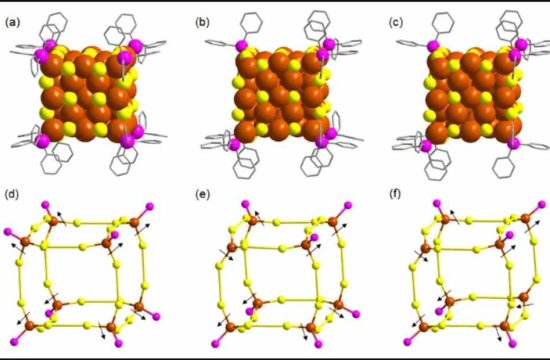
Cannabinoids are chemical compounds found in marijuana that act on receptors, changing neurotransmitter release in the brain. Researchers have been investigating whether these compounds can help alleviate symptoms of different conditions, such as pain, epilepsy and inflammation.
Now researchers from Northeastern University have used X-ray crystallography to determine the detailed 3-D structure of the human cannabinoid (CB1) receptor.
The study, funded in part by the National Institutes of Health’s National Institute on Drug Abuse, was published Oct. 20 in Cell.
[pullquote]Cannabinoids can also cause undesired side effects like paranoia, dizziness or hallucinations, and this model may provide clues as to how to avoid those.[/pullquote]
“Cannabinoids can produce very different outcomes, depending on how they bind to the CB1 receptor,” NIDA Director, Nora D. Volkow, said in a prepared statement. “Understanding how these chemicals bind to the CB1 receptor will help guide the design of new medications and provide insight into the therapeutic promise of the body’s cannabinoid system.”
After creating a chemical called AM6538 to bind with the CB1 receptor, which was optimized for crystallization, the scientists revealed a few key findings. For one, the CB1 receptor has “a complicated binding pocket with multiple subpockets,” according to a release. The 3-D structure provides understanding as to how each cannabinoid might slightly change the structure of the receptor, and how long each would bind to the receptor.
Cannabinoids can also cause undesired side effects like paranoia, dizziness or hallucinations, and this model may provide clues as to how to avoid those.
“This complex structure will allow chemists to design diverse compounds that specifically target portions of the receptor to produce desired effects,” co-author Alexandros Makriyannis of Northeastern, said in a statement.








